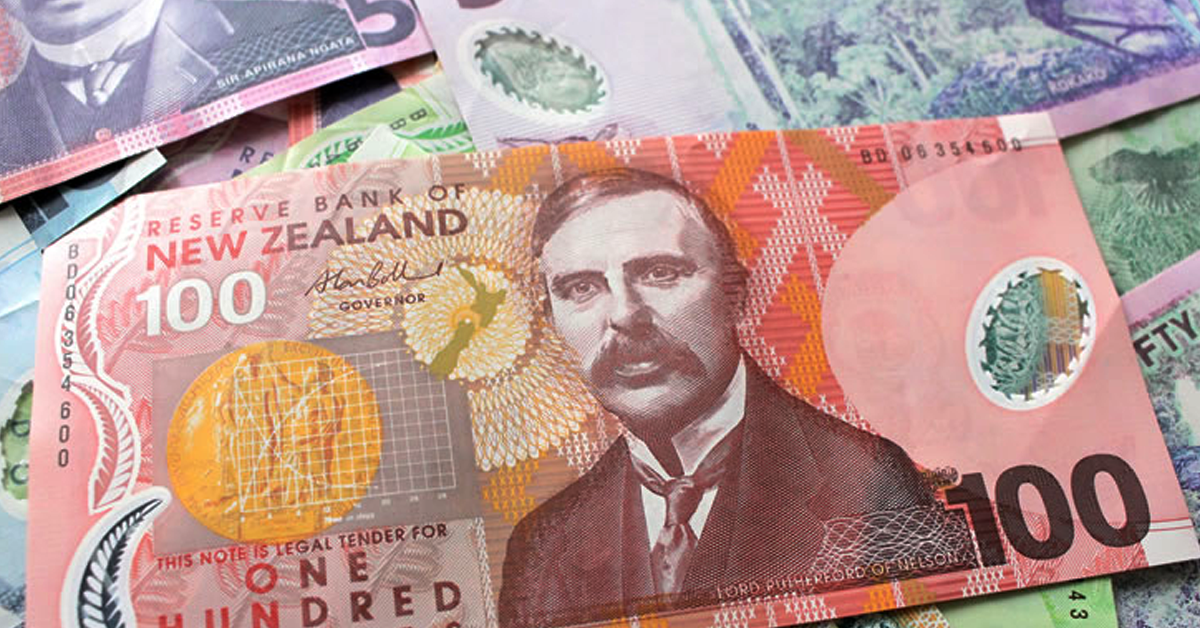Australian and New Zealand Dollars Impacted by Global Risks and Mixed Employment Data
The Australian and New Zealand currencies felt the pressure of global risk aversions due to escalating tensions in the Middle East. Concurrently, ambiguous local employment figures failed to provide the anticipated support.
In the bond market, Australian 10-year yields reached a record high since mid-2011, settling at 4.76%, as Treasuries continued their declining trend.
The Australian dollar saw a decrease of 0.3%, settling at $0.6317. It had previously dipped from a high of $0.6394, influenced by a downturn in global equity markets. The current significant support threshold is set at $0.6287.
Meanwhile, the New Zealand dollar, also known as the kiwi, hovered around its 11-month low at $0.5846. It witnessed a 0.7% decline the day before, going below the $0.5860 mark. This downward trajectory can be attributed to unexpected low domestic inflation data, which further reduces the likelihood of an imminent interest rate hike.
In Australia, recent employment data revealed an increase of just 6,700 jobs in September, a stark contrast to the 20,000 jobs analysts had predicted. Despite this, the unemployment rate saw a decrease to 3.6%, largely due to a decline in active job seekers.
These employment figures may not sufficiently address the Reserve Bank of Australia’s (RBA) inflationary concerns. RBA Governor, Michele Bullock, expressed concerns on Wednesday, highlighting potential challenges with persistent inflation and ensuring the bank remains vigilant.
Sean Langcake, the leading macroeconomic forecaster at Oxford Economics Australia, commented that while there are emerging signs of a slackening labor market, it remains predominantly tight. He also noted the RBA’s strong stance could hint at a rate hike in November. The upcoming consumer price data for the third quarter, scheduled for release on October 25, is eagerly awaited. Analysts speculate that core inflation might surpass the RBA’s prediction of 0.9%.
Tapas Strickland, the chief market economist at NAB, projects a 1.1% rise in core inflation, indicating persistent cost pressures, particularly in the services sector. He believes the RBA might need to adjust their inflation projections and emphasized the challenges of achieving the inflation target without an additional rate increase. NAB anticipates a 25 basis points rate hike by the RBA in November, bringing it to 4.35%. Currently, future projections estimate a 26% probability of this rate hike at the November 7 policy meeting.

.webp)



